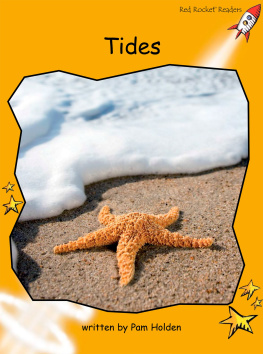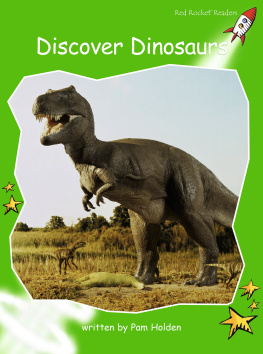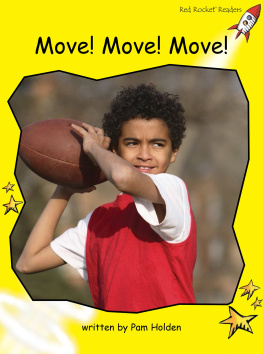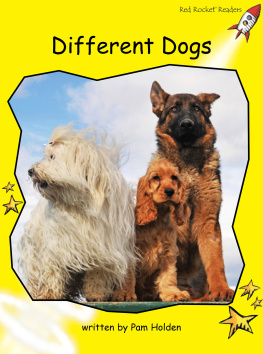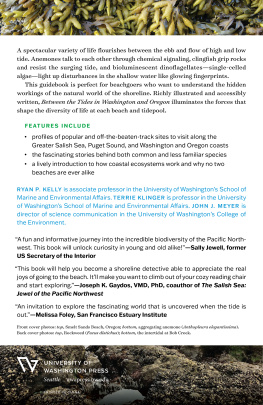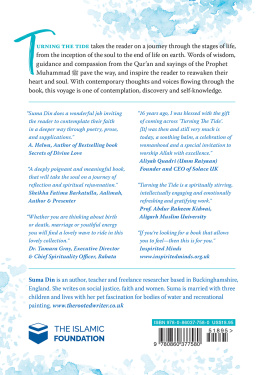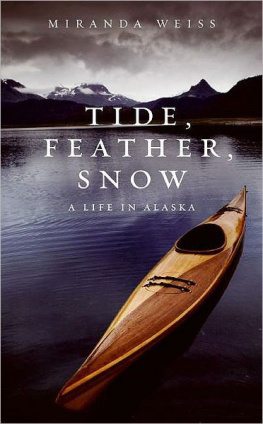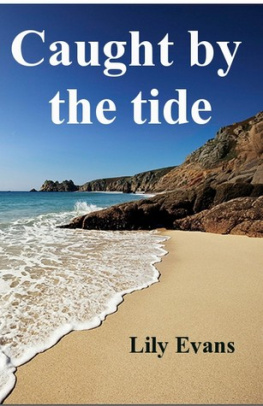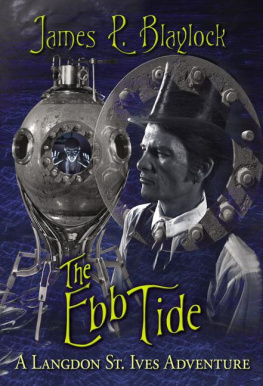

You are sure to have seen the changes of the tide when
you are at the beach. Do you know what makes the tide
come in and go out again? How often does it happen?
How do the tide changes help sea animals? Why are the
tides important to people?
because between change clean each happen pull while
Key Words
Use Teacher Talk to stimulate discussion of topic.
Develop research skills based on this topic.
Use Table of Contents to locate specic information.
Refer to Glossary to clarify basic concepts.
Notice soft g sound: change damage
Understand synonyms: shore/coast sea/ocean
Identify adjectives and adverbs used to add meaning.
Notice antonyms: high/low deep/shallow rise/fall
Identify soft c sound: piece cities difference
Promote drama, writing or art as follow-up activities.
First published in 2006 by Red Rocket Readers, an imprint of Flying Start Books Ltd.
Reprinted 2007, 2012, 2014, 2016, 2017.
18 Ardern Ave, Auckland 0932, New Zealand.
story Pam Holden
Printed in New Zealand
Photograph on page 2 supplied by www.stockcentral.co.nz
All other photographs supplied by Jupiter Unlimited
This book is copyright. No part of this publication may be reproduced, stored in a retrieval system, or transmitted in
any form or by any means, electronic, mechanical, photocopying, recording or otherwise without permission in writing
from the publisher.
www.redrocketreaders.com
Word Count = 596
ISBN 978-1-776850-72-3

written by Pam Holden
Contents Page
Tides
Moon and Sun 3
Spring tides 4
Neap tides 6
Tidal waves 8
People use tides 10
Tide pools 12
Low tides 14
Clean water 16
Tides

Tides are the rise and fall of the sea. Changes in the
tide happen along the coasts and in rivers near the
sea. High tide is when the water is deeper and comes
up high on the shore. Low tide is when the water is
shallower and does not come up so far.

Tides change because the moon and the sun pull
on the oceans and make them rise. The moon pulls
more strongly than the sun because it is closer to
Earth. High tides happen as the sea rises, and
low tides happen as it falls. Most places have two
high tides and two low tides every day.

Each month there are two special tides called
spring tides. The name has nothing to do with the
season spring, but is because the sea rises higher.
Spring tides happen when the moon and the sun are
in line with Earth and they pull together.

Spring tides have a big difference between high
tides and low tides high tides are extra high
and low tides are very low.

There are also two tides each month called neap
tides, which are the opposite to high tides. Neap
tides happen when the moon and the sun are in two
different directions and they do not pull together.

Neap tides do not rise and fall very much,
so they have only a small difference
between high tides and low tides.

Sometimes strong winds and storms make tides
come up much higher than usual. Sea walls have
been built to stop damage from huge waves.

Some rivers near coasts have special barriers
to stop tidal waves from flowing up the rivers
into cities and towns.

Tides are important to people for work and play.
Tide times are about an hour later each day, so
there are charts to tell when high and low tides
will happen. Fishermen need to know the best
times to move their boats and to catch fish.

Big ships need to move in and out of ports and
bays at high tide, when the water is deeper. For
swimmers, it is safer when the water is flowing
in than when the tide is pulling out. Surfers get a
better ride as big waves push them in to shore.

Along rocky coasts there are reefs and tide pools that
are home to many sea animals and plants. Fish swim in
with the tide to feed on seaweed, shellfish, and small
fish. Fishermen know that high tide is a good time to
catch fish there.

Shellfish open their shells to feed at high tide. But
when the tide is low, they close their shells and dig
into the sand to hide. Hungry seabirds hunt along
the shore for plants and animals.

At low tide, people can explore the rocky tide pools.
They see beautiful anemones living there, with
starfish moving slowly on the sand. Limpets and
periwinkles stick tightly to the rocks, so they wont
be washed away by strong tides. Crabs and octopuses
move in and out of cracks in the rocks, while snails

